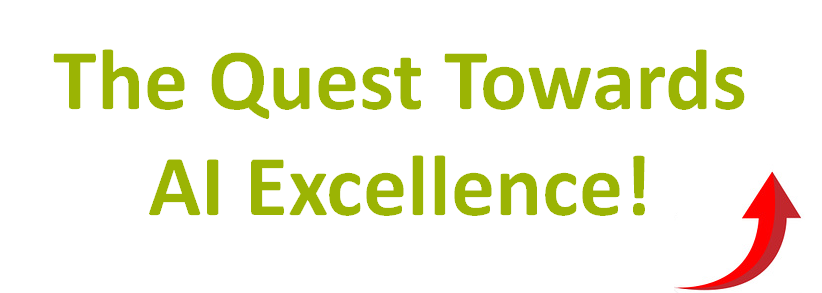
Most of today’s predictive Artificial Intelligence (AI) technologies are running on expensive cloud-based processors and they require tons of data. That means they consume a lot of energy and power to operate, making them less green and less environmentally friendly. They struggle to explain all their behaviour to users. Unless you have large and skilled teams of Data Scientists and Engineers, it is difficult to deploy them and integrate them to your business. That also means that time-to-market is long for those existing predictive AI technologies. They are also costly and expensive to maintain. They are usually biased towards larger classes while missing small classes and anomalies. That may lead to significant problems for example failing to diagnose a cancer at very early stages.
Being aware of those shortcomings, while working closely together as Product Manager and Software Engineering Manager and building one of world’s largest AI-powered predictive personalisation and recommendations platforms in 2010s at Tesco, our founders Saied (CEO of Mathficast) and David (CTO of Mathficast) encountered major challenges. Working with some of the most talented and gifted Data Scientists, Software Engineers, and Program Managers, they had to deal with the inefficiencies of modern MLOps including long and expensive production cycles, code debt, tech debt, and never-ending meetings. Living through those difficulties and putting the customers at the heart of business, raised questions in our CEO’s mind: Is it possible to come up with a far simpler and less expensive breed of AI? Would it be possible to avoid all those hassles? Is it possible to have an AI that will also achieve a reasonable performance on a cloud-based four-core processor (found on today's ordinary laptops), rather than just an expensive power-hungry processor? A good and ethical AI which works hand in hand with human; a data-centric AI that likes smaller relevant data rather than tons of irrelevant data features; an AI which is greener (and so sharp and intelligent that can spot or qualify the relevant data features). An extremely capable AI that replaces today’s cycles of predictive AI creation and MLOps, tens of hours of development work, DS spikes, and backend software development cycles with just few clicks or couple of simple automated API calls; an AI that can be used by everyone including those with no data science or coding skills? Answering those questions meant departing from today’s AI and starting a quest into future, from a blank white board and spending hundreds of hours in Research and Development and experimentation that led to creation of the Butterfly AI in 2022. Later David joined the team and led the cloud platform development, scale-up and democratisation of the Butterfly AI. When searching across hundreds of cells to find better answers, the Butterfly AI relies on hundreds of AI agents with different search range spans. These agents resemble flying butterflies in a green field with different wing spans. As such we called it Butterfly AI.

